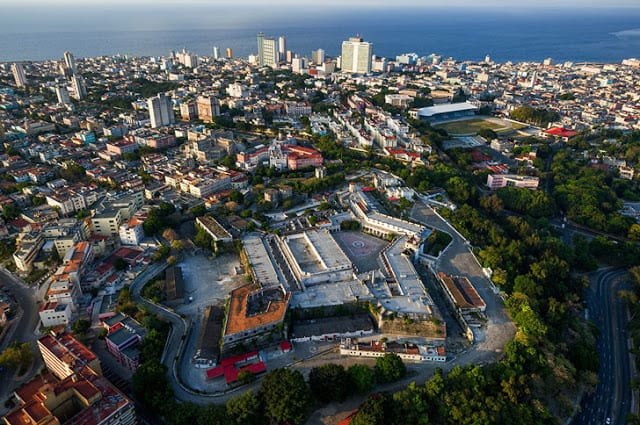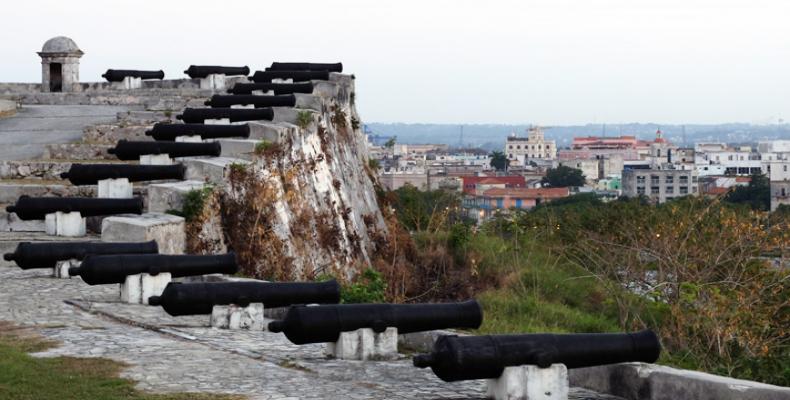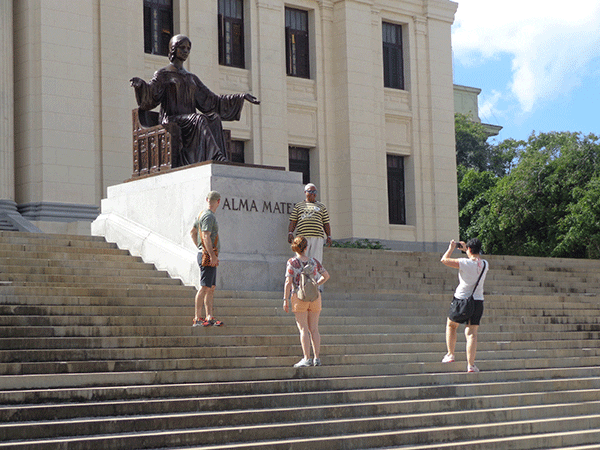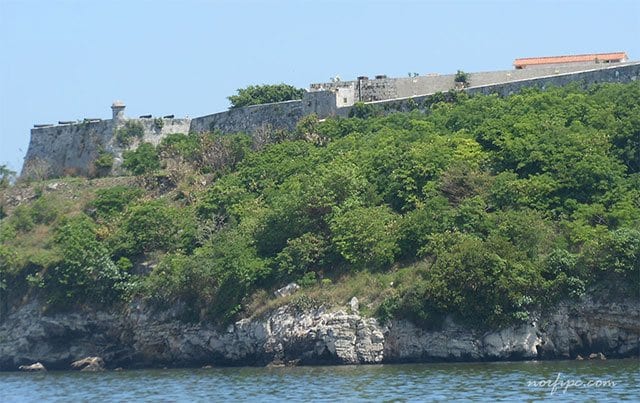Eleven Hills of Havana, Cuba
By Vicente Morin Aguado

HAVANA TIMES – Here in Cuba, we call hills lomas, and Rome’s seven hills made them famous. In spite of their low height and soft slopes, they stand out when surrounded by flat land, like they do in both of these cities which have been destined to have a place in history within the vast empires of their times.
I have counted 11 hills or lomas in Havana, but I don’t rule out the existence of others. My interest began when my father took me to Colina Lenin (Lenin Hill), as it was called in 1924 when the people of Regla (an ultramarine municipality at the end of the city’s emblematic bay) chose this name in order to pay tribute to the memory of the Russian leader who shook the world.
They planted an olive tree and put up a bust. Both of these symbols were knocked down and then put back up again after the Cuban Revolution triumphed. The saddest thing about such a bad example is that this practice didn’t end with the Castro era as statues of Cuban presidents from the First Republic on Avenida de los Presidentes (G street in Vedado) were knocked down and replaced by statues of heads of state who were allies of the Revolution, which had nothing to do with the original urban plan.

Going back to the capital’s suburbs, towards the south-west, you can find Loma del Cacahual, a place of respectful pilgrimage as it holds the mausoleum where the remains of Lieutenant General Antonio Maceo Grajales rest, as well as those of his aide Francisco Gomez Toro and other martyrs who were added and chosen by the ruling Communist Party.
Maceo was one of the country’s liberators, with his dark skin and “as much strength in his mind as in his arm,” as the Homeland’s Apostle Jose Marti once said.
The hills described here are never over 100 meters above sea level, and the next one is Loma de Atares, crowned by an 18th century castle. The fortress in ruins displays the Spanish crown’s special zeal to preserve the city where the fleet from the Indies used to meet every spring before it made its way back to Europe.

Approaching Central Havana, the Diez de Octubre municipality stands out with its Lomas del Mazo, del Burro, de Chaple and de Jesus del Monte.
The first marks the highest point in the area as it reaches 80 m, the hill dedicated to the noble pack animal is sadly remembered by the nearby Las Yaguas neighborhood, where a concentration of miserable shacks stand, built with the fibrous leaves that cover the tender stem of the Royal Palm (Cuba’s national tree).
Las Yaguas were used to pack tobacco leaves destined to make cigars, once the package was untied, they were thrown out on this hill, where the evicted used them to build their short-lived dwellings because they couldn’t afford to pay rent. This story ended with the Revolution’s urban reform, years passed by and permanent urban neglect, as well as overcrowding, have shaped the current era of collapses that have multiplied the problem that was supposedly solved forever.

Loma del Chaple has one of the most beautiful views of the city, while Jesus del Monte has an ancient church, the first outside the colonial city’s walls. History stopped there when rebel tobacco planters were hanged after they stood up to the monarchical monopoly on Tobacco trade, their bodies swaying in the wind next to the attractive Catholic building. They would later be buried in a nearby cemetery on February 24, 1723.
Recently, the tornado that hit Havana swept away the cross from the bell tower to God knows where, also taking many roofs, windows and belongings of residents in the capital.
Reaching the sea, there are plenty of hills, Loma de Arostegui is one example, the final location of university hill, which was the result of successive building projects during the early decades of the last century, the 88-step staircase particularly stands out, which is finished off with a neoclassical portico (entrance to the campus), which the bronze Alma Mater figure stands in front of with her open arms, inviting us to feed off knowledge.

Several elevations concealed by humans can be seen because the bottom of a nearby valley has served as a natural space for the university stadium, while a higher peak above the university holds the main buildings of the immense Calixto Garcia hospital. One of the hillsides rolls down to Avenida de los Presidentes, the limestone loam cut in spikes to form Loma del Castillo del Principe.
Common prisoners and politicians were locked up on El Principe until well into the ‘60s, and today it is the headquarters of the Revolutionary Armed Forces’ ceremonial company. The fortress closes off the surroundings from colonial Havana’s system of defense.
You should travel to Loma de la Cabana, a key part in the fortifications network, and there is a pleasant attraction next to the former presidential palace, which is the Museo de la Revolucion today. We are welcomed by the Cuban mulatto woman immortalized by romantic/costumbrist literature from the first half of the 19th century in the name “Cecilia Valdes” or Loma del Angel, by Cirilo Villaverde.

The small hill was one of the imaginary backdrops in the masterpiece of Latin American anti-slavery thought. The church remains, its small square is decorated with a statue of the irresistible mulatta, the forbidden love of a handsome young man with Iberian roots.
The narrow channel of the bay means you have to cross over to La Cabana, the greatest Spanish military building in the Americas. King Carlos III of Spain ordered its construction in 1764, 60m above sea level, because the English had placed their canons there when they conquered the city two years before.
The historic military park is open to the public and attractions include a cannon firing ceremony at 9 PM, every night at the same time, done in the old-fashioned way using a piece of bronze from the 18th century.
A lot more destructive weapons are on display on an esplanade behind the castle; the SR-12 particularly stands out, a mid-range missile that was capable of transporting nuclear warheads, witness to the 1962 crisis, when the government’s reckless actions put the world on the brink of a nuclear war with our country taking center stage.
(The author would like to thank writer Fernando Pruna Bertot for his documental and graphic contributions).
Vicente Morin Aguado: [email protected]

La revolución acabo con EL barrio de las yaguas,pero abrio decenas de villas miserias en todo el territorio. En mi Pueblo, Mariel, que fue siempre un pueblo propero hay dos villas miserias donde la unica que entra es la Iglesia a repartir comida, porqué ni la policía entra. No engañen mas a las gentes!
Great article